Sometimes I get a bit stuck when it comes to writing a lens review. This usually happens when there’s something about the lens that stops me from using it as much as I need to for the benefit of constructing the article. In the case of the TTArtisan 90mm 1.25, I’d imagine it’s pretty obvious what that issue might be. This thing is big and heavy, and like with the 7Artisans 75mm 1.25, that’s meant I haven’t been motivated to shoot it as readily as I might have liked for the sake of this review.
But, not being motivated to shoot it regularly definitely doesn’t detract from what it is as a lens. I’m fairly certain that very few people “need” a 90mm 1.25 lens for every single photo they take. And most people seeking out a 90mm to shoot on a rangefinder camera at least, would probably be satisfied with an f/2.8 or even f/4 lens. After all, rangefinders – at least as many people will tell you – are all about small and light weight shooting, right?
Perhaps slightly counterintuitively, this is what makes the TTArtisan 90mm 1.25 make sense to me. Yes it’s huge and heavy, but it’s also relatively cheap. I say relatively here as obviously the £6-700 it goes for is still a lot of money, but it’s a hell of a lot less than the £10,000+ the closest Leica equivalent goes for. And this is what makes it interesting to me.
These kinds of specifications were just not obtainable to “normal” people until the Chinese “Artisans” brands stepped up with their 50mm 0,95s, 75mm 1.25 and now TTArtisan 90mm 1.25 lenses. Where before these sorts of specifications were unobtainable for most of us, now they are much more affordable, and this levels the playing field a bit I think. That is to say, it democratises a certain type of shooting, and I think longer term this might have a positive impact on a lot of people’s photography.
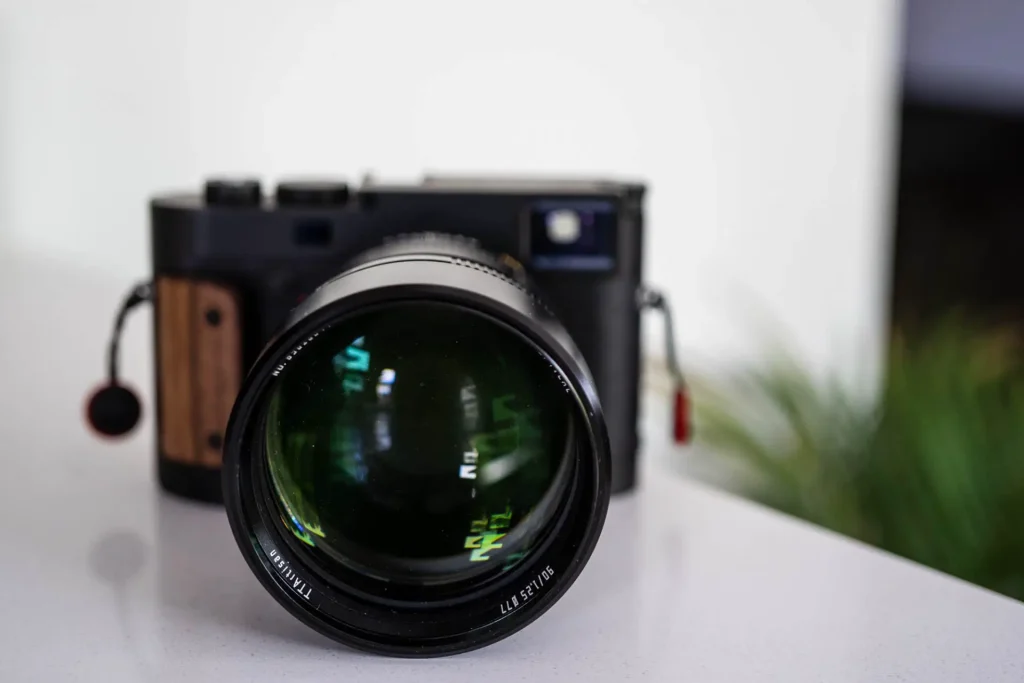
In fact, I had bit of a discussion with Matt from ‘Leica Lenses for Normal People’ about this the other day. He happened to have a forthcoming article (now published) where he discusses how with the accessibility of these sorts of lenses, and indeed the sort of look they produce increasing, the trend for ultrafast lenses and shallow depth of field might start to burn itself out a bit.
I’d agree with him too, but but to expand slightly on that stand point, I take the opinion that the availability of more different types of lenses at more different price points – as I said to Matt – helps shine a light on real need, and takes interest away from the unobtainable. In a world where the only option for a fast 90mm for your Leica is a £10k lens from Leica themselves I think there might be a tendency in some to imagine that what that sort of lens can produce is the peak of creative potential, rather than just another creative option.
That is to say, if someone with a budget of say £700 can go online and find a 85mm f/4 Zeiss ZM lens, one of the vintage Leica 90s and a TTArtisan 90mm 1.25 lens all at a similar price point, they are perhaps going to be more inclined to spend more time thinking about and assessing their own “need”… well, maybe at least.
And, perhaps even above all this, for some people who really like a short telephoto lens, and want to be able to be able to achieve this sort of look once in a while, it’s now possible to buy a super-fast 90 at a price point that it could just be owned as a second occasional-use lens. Which takes me full circle to my point about the idea that its size and weight putting me off from shooting it all the time shouldn’t necessarily detract from it.
As someone who otherwise owns a couple of smaller, lighter and slower 90mm m-mount lenses, if I was of the mind that I’d like to once in a while like to be able to take very shallow depth of field photos with a 90mm, I’d be a lot more comfortable having this lens sitting on my shelf for 90% of the time than I would having £10k+ lens doing the same thing.
In short, creative possibility at much more affordable prices can’t be a bad thing I don’t think. But, of course, the question still remains as to whether or not this beast of a lens is actually any good?!
TTArtisan 90mm 1.25 – Mechanics and Use
Mechanically, TTArtisan 90mm 1.25 feels pretty sound. The focus damping is heavier than I might like, but this is probably a good thing for precise focusing – something which is definitely required when shooting wider open and at close distances. The quality of the feel of focusing is what I have come to expect from these Chinese lenses. It’s not rough or uneven at all, but I wouldn’t call it perfectly silky either. The aperture control on the copy I have here feels a little less than silky too. It does have clicked stops though, in fact, it has half-stops clicked too. The stops aren’t particularly strongly clicked mind, but they do the job perfectly fine. In short, it feels like a super-fast lens that cost a good chunk less than a grand. No surprises there!
The Lens Hood
The TTArtisan 90mm 1.25 comes with a lens hood that slots backwards over the front of the lens. The lens cap then screws onto the thread that would otherwise be used to attach the hood to the lens. It’s quite a nice design, as it means the lens hood is readily carried even when not in use.
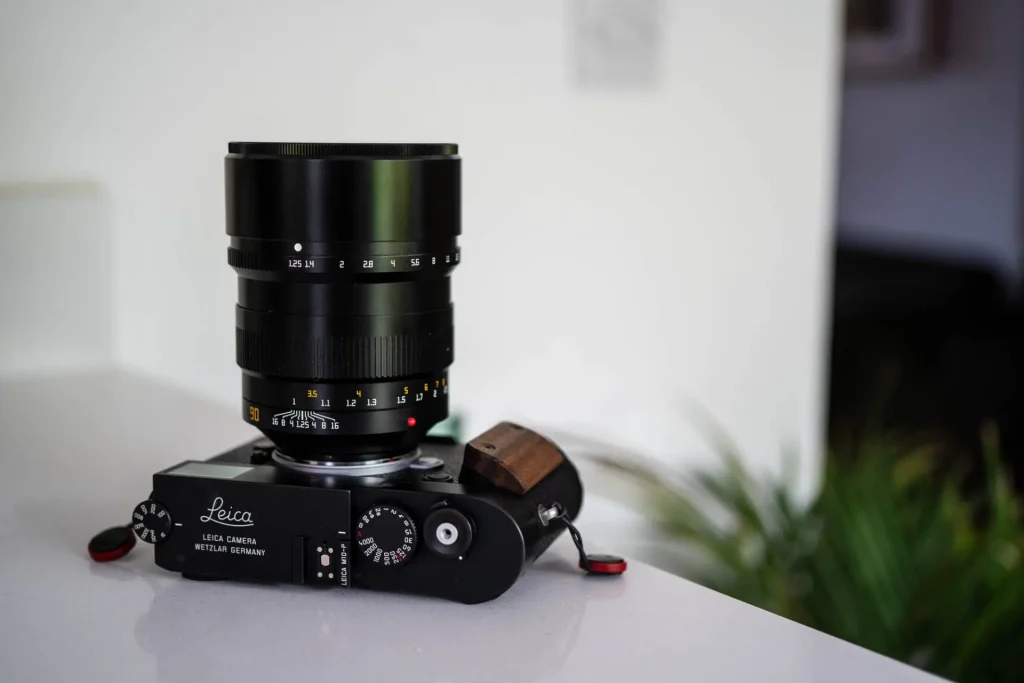
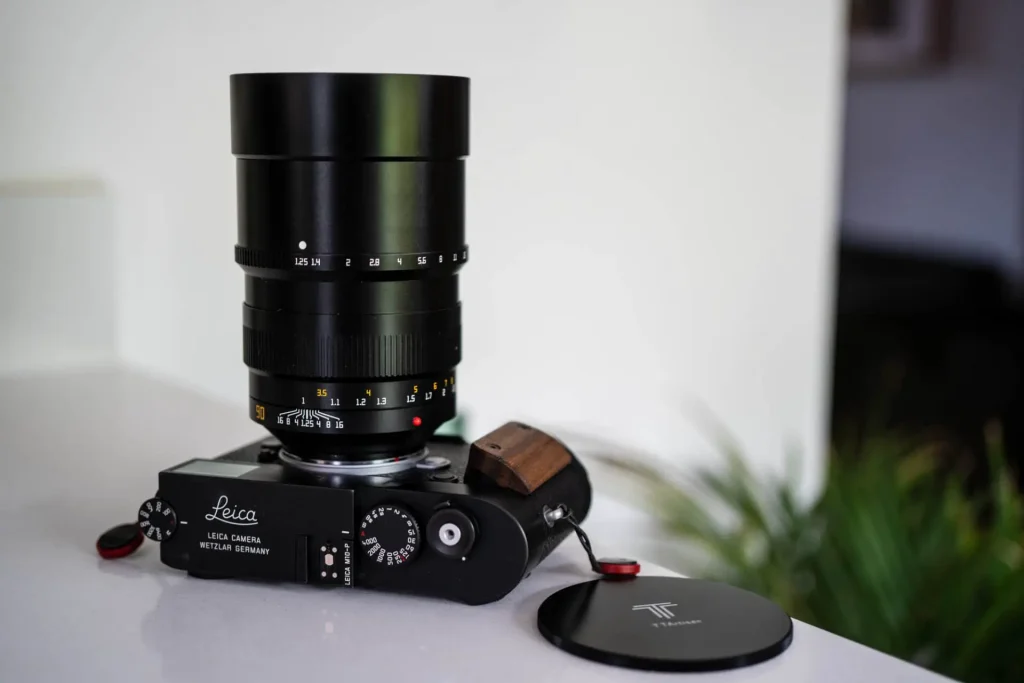
The Size
For all that I like the the nice design though, I’m really not sure the TTArtisan 90mm 1.25 was designed to be used with the lens hood when mounted on a rangefinder camera. Even without the hood, not only does the lens cover part of the frame within the viewfinder, the front edge of the lens interacts with the corner of rangefinder patch at close distances. The result of this is that I found I would get a shadow of the front of the lens on the patch which combined with the heavy intrusion into the view somewhat detracted from the experience. With the lens hood attached, it covers a bigger part of the rangefinder patch to the point that it’s nearly unusable.
The Weight
The TTArtisan 90mm 1.25 is also very heavy. There’s a tripod mount on the base of the lens, which I think probably says a lot about its weight. Without a grip on a Leica rangefinder, it almost feels too heavy. With my KameraKraft grip in place, it’s a lot more comfortable to use, but still feels a little ungainly. On my Sony, it feels even more front heavy somehow, but the much better ergonomics of the Sony make for a better overall user experience.
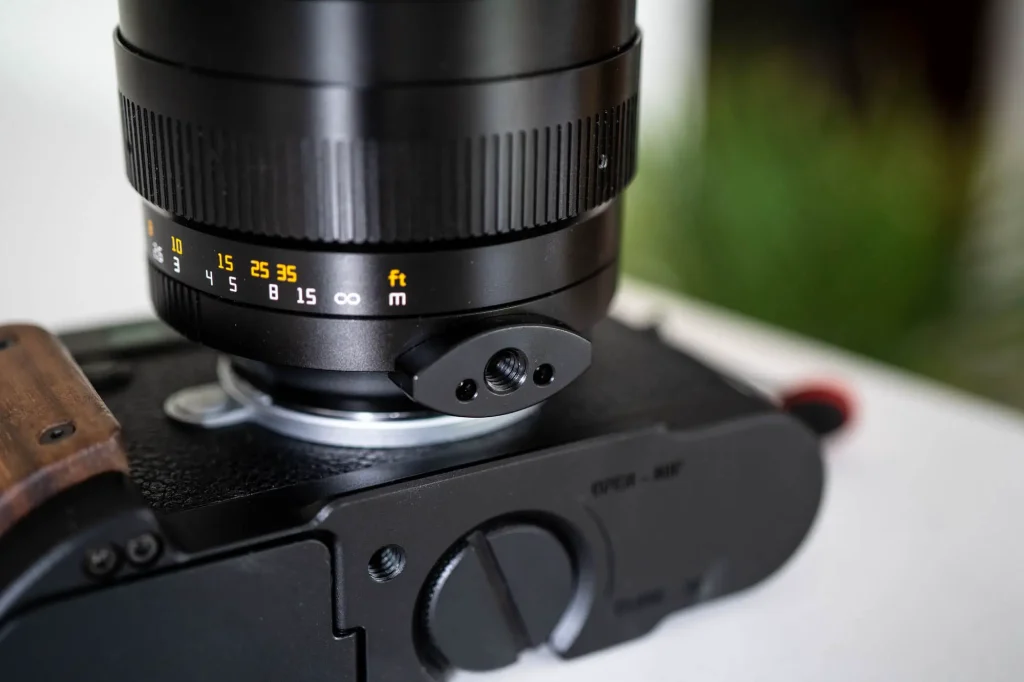
Focus accuracy
The TTArtisan 90mm 1.25 is also arguably easier to focus on the Sony. I’m pretty good with a rangefinder, but the shallowness of the depth of field when shooting wider open at closer distances is totally nuts. You only need miss focus by the tiniest amount and what you intended to be in focus can look very much not in focus. I’m also not entirely sure that the calibration of the lens I have here is quite spot on, and like with the 50mm 0.95, I struggled to get it better when trying to recalibrate it. It might even be that the focal length translation for the rangefinder isn’t quite right… or it might just be that f/1.25 at 1m focusing with a rangefinder camera without a magnifying eyepiece is just beyond the limitations of my eyesight.
Either way, I found I had slightly more luck in my experiments focusing wide open and close up using the live view on my Sony A7iii. Even the live view on the Leica M10-P didn’t help much – it’s just too slow, and when you zoom in, the longer focal length and the heavier lens just creates too much wobble in the image to focus easily. The Sony ‘SteadyShot’ helped with that a little. The focus peaking is also more effective on the Sony.
M-Mount?
Because of all this, I am left with the feeling that the TTArtisan 90mm 1.25 was designed without taking the Leica M platform into account as much as you might think it should be for an M-Mount lens. The thing with these super-fast Chinese lenses though is that whilst they do offer rangefinder compatibility, I’m just not sure they are solely targeted at rangefinder users. The beauty of m-mount lenses is that they work perfectly well on mirrorless cameras with adapters too. I wonder if there is in fact an economic benefit in just making them for m-mount with the intention that customers adapt them…?
For all that said, whilst I am sounding very negative about the TTArtisan 90mm 1.25 as an m-mount lens, I don’t think need be ruled out the running altogether. I think it just needs to be looked at in the context of what it is. This lens is at the extreme end of what possible specification a lens can be made for Leica M-mount cameras, so of course there are going to be limitations.
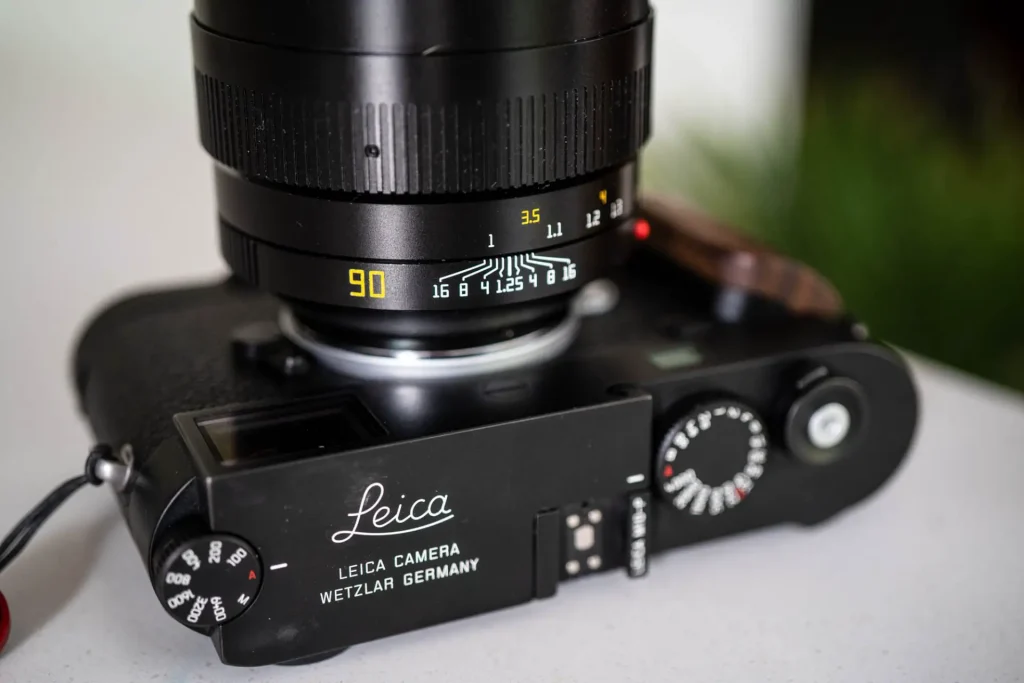
In reality, I’m just trying to set – or perhaps reinforce – expectations here. The TTArtisan 90mm 1.25 is as big as it looks, and because of that it does block a lot of the viewfinder on a M-mount camera. It’s as heavy as it looks, and it’s also as hard to focus with a rangefinder as you might expect it to be. In short, don’t go into buying this thing under any illusions that it’s going to go easier on you than the spec sheet suggests. It’s an absolute beast of a thing that pushes the limits of what a rangefinder camera can or should be used for. Buy it in that understanding, and you’ll not have any reason to be surprised about how well it works with a rangefinder camera.
TTArtisan 90mm 1.25 – Image quality
Ok, sharpness first. Is the TTArtisan 90mm 1.25 razor sharp wide open? No, it’s not specifically “soft”, but as you might expect, even if you do hit your mark in terms of focus, there isn’t bags of resolution on hand. This is especially the case when focusing close up where it feels quite difficult to determine where the plain of focus actually is.

Given even a little bit more distance and therefore more depth of field and it’s much easier to see what’s in focus, and what is in focus is plenty sharp enough for my tastes.


It gets more sharp stopped down, though is softer into the corners, especially on my Sony. That said, by f/2 I was quite impressed the centre and found it to be starting to get better toward the edges. And by f/8, unless you’re pixel peeping, it’s very usable across the whole frame in my opinion.

It’s worth noting that it suffers with field curvature which will impact on sharpness toward the edges in certain circumstances.

But really, who’s using this lens at f/8 anyway? For me, as I’ve already outlined, the TTArtisan 90mm 1.25 is an occasional lens for those special occasions when you want to shoot in either practically zero light, or be able to produce very shallow depth of field images. To that end, where it counts is in the f1.25-f/2 range. And what’s important is not so much the sharpness in terms of the resolution, but how the image renders. Fortunately, even wide open it has good contrast, which helps to give a sense of detail and pop to what’s in focus.
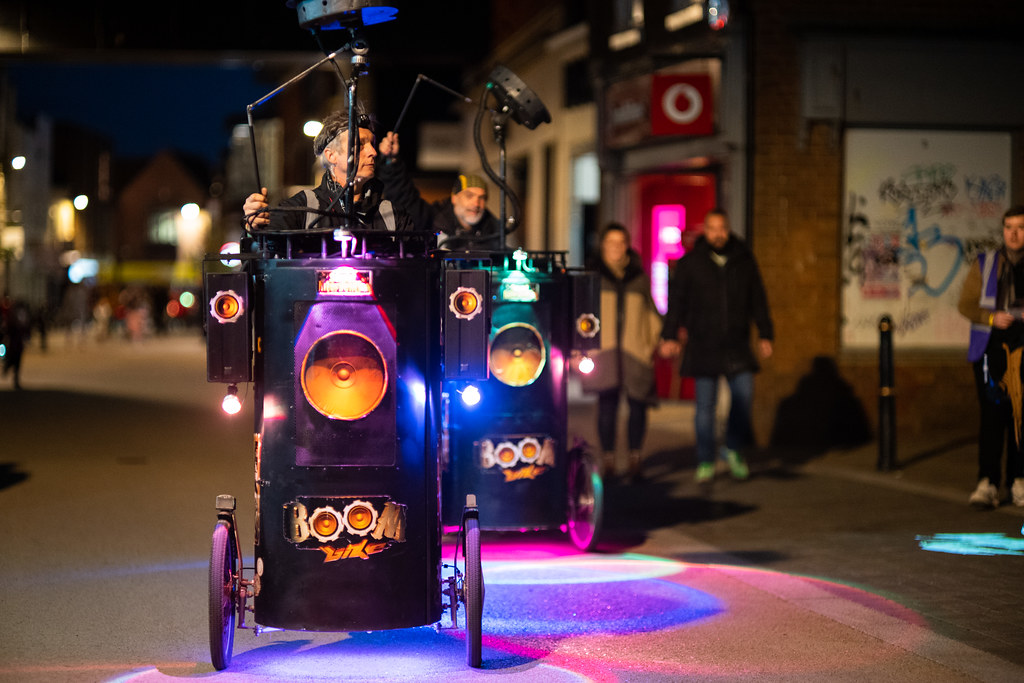

Flare (and the other crazy stuff it produces)
That is of course unless you catch a light source anywhere near the frame. The TTArtisan 90mm 1.25 definitely suffers with veiling flare, and with that you can loose that sense of detail and pop quite readily. And when I say “anywhere near the frame” I mean it too – walking around the woods with the lens when I first got it, just a bit of light coming through a crack in some leaves had an impact on the image that really caught me off guard. And the hood doesn’t seem to help much either. In fact, after a few tries with the hood, I gave up bothering with it at all with either the Sony or the Leica. Your mileage may vary, but I found it one of the most pointless hoods I’ve bothered trying to use on a lens… still, at least it’s easy to have it with you at all times…
In addition to the veiling flare, the TTArtisan 90mm 1.25 also gives you all sorts of weird and wonderful ghosting effects. To begin with, there’s the elongated concentric circular rainbow shapes that expand from light sources that are in the mid frame when shooting between 1.25 and 1.4, but disappear when you stop down further.
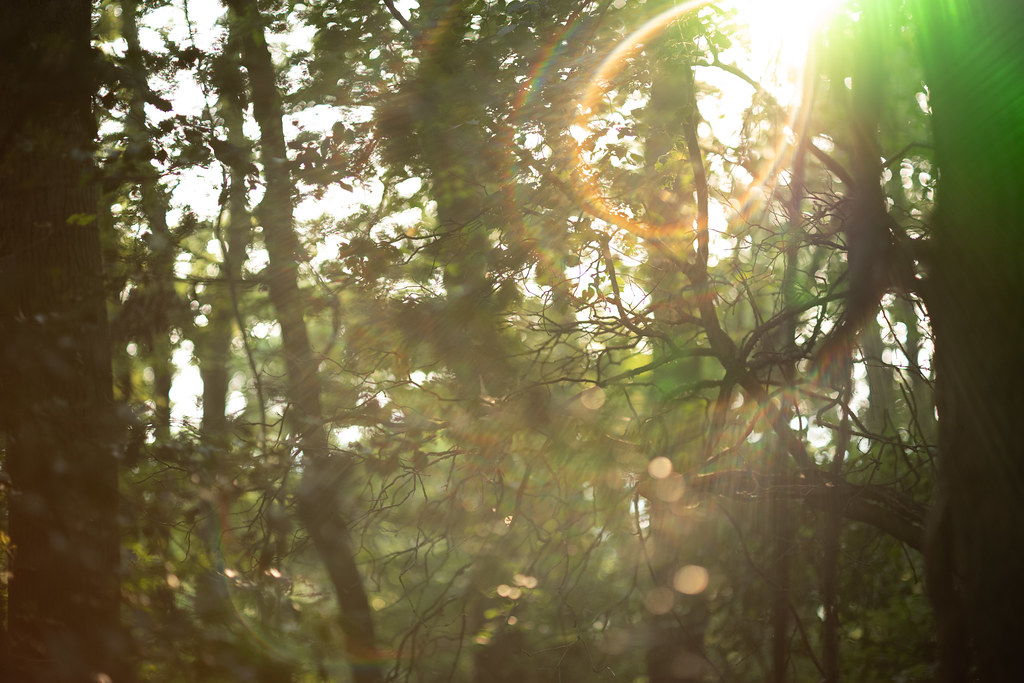
Then there’s the sort of cone shaped streaks of light that overwhelm the circles as the light source gets toward the edge of the frame.

These cone shapes eventually turn in to large blobs of veiling flare that take over most of the frame when the light source exits the frame – this was the problem I had in the woods in my early experiments.

These don’t go when stopping down either. The size of the cone gets thinner and the area impacted by the veiling flare less, but you’ll still be impacted with this with bright light sources when you’re stopped right down to the smaller apertures. Given further experiments, I even found this issue to completely white out a streak across the frame. Though being fair, I did have to point the camera so the sun was just out of the frame.
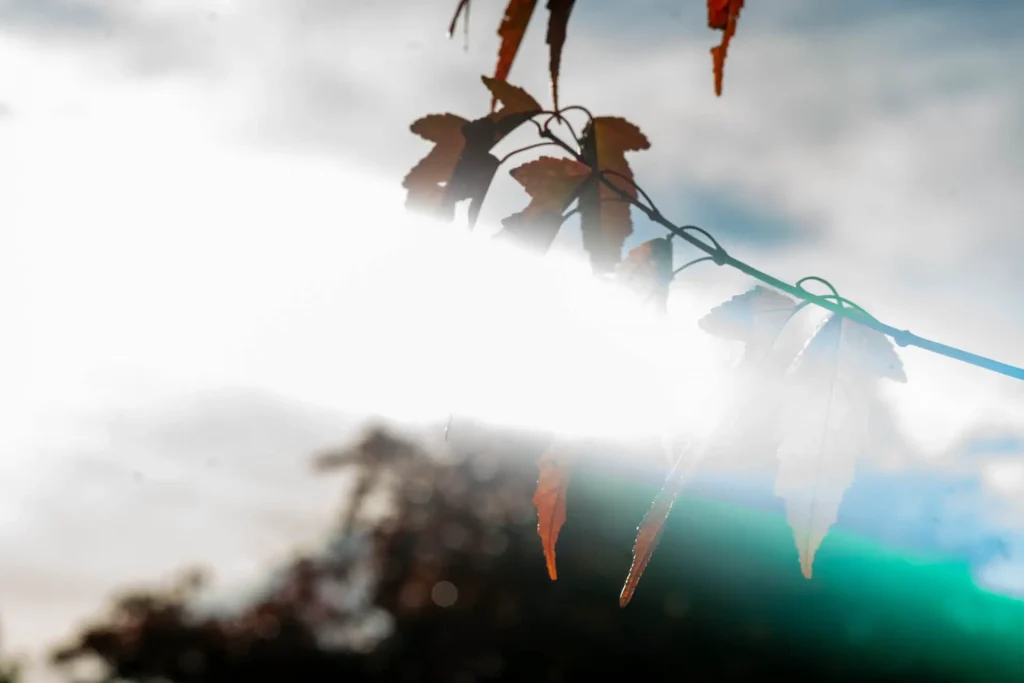
In normal shooting circumstances, you’re much more likely to fall foul of veiling flare like this:
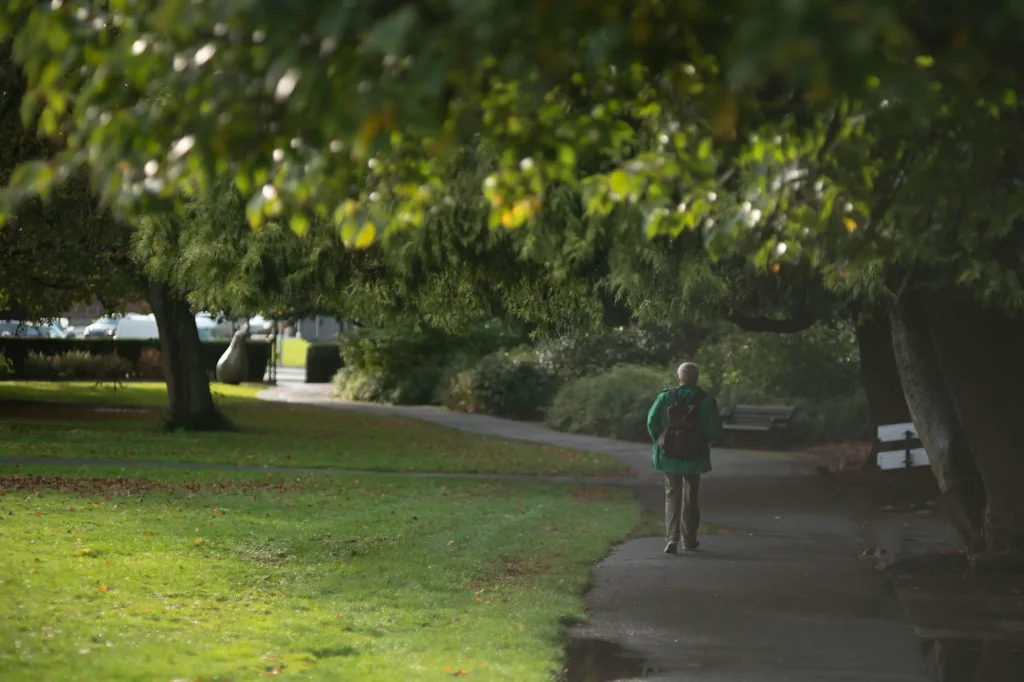
There’s also other random bits of internal colourful stuff that appears like the blob in the centre here:
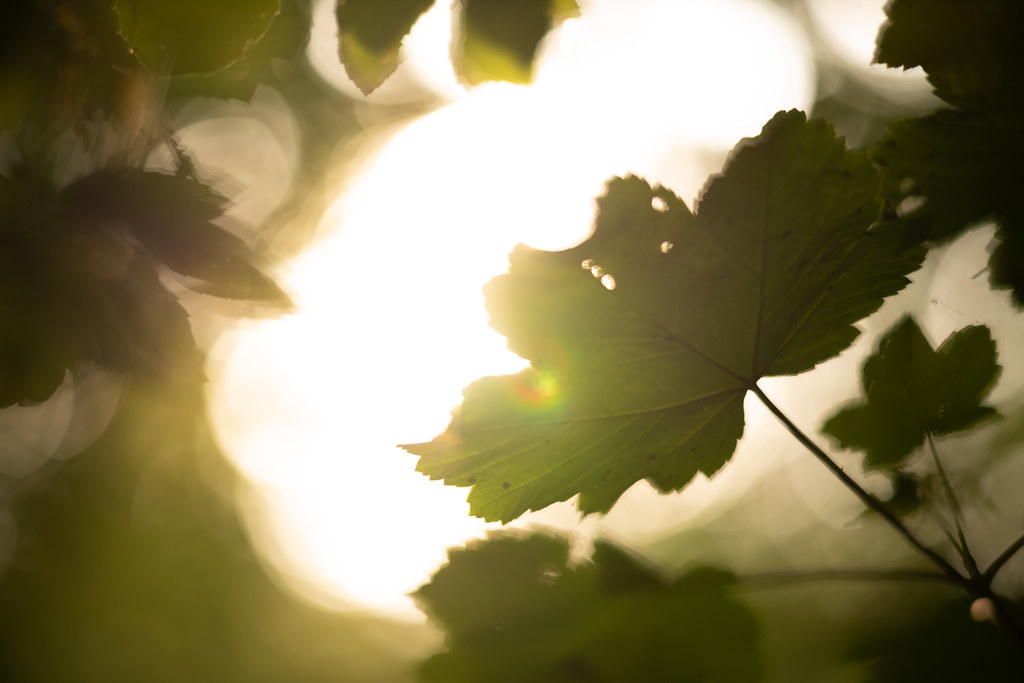
Bokeh and Depth of Field
As you might expect, you can get some pretty bonkers bokeh out of the TTArtisan 90mm 1.25. Shooting subjects at close distances, you can really knock the background right out of focus. Wide open, points of light become huge disks that are circular in the middle of the frame but quickly become squashed then cat’s eye shaped as they get closer to the edge of the frame.


Stop down slightly and the jagged shape of the aperture blades comes into play, but of course this is mostly only visible with points of light in the background.


This is wide open vs. f/2. Excuse the boring images – after I took the photo of Norah above, I had intended to go and shoot some photos of out of focus car headlights, but figured this image was no more or less dull.
Whilst the jagged aperture blades might be quite apparent with out of focus points of light, light through leaves/busy backgrounds seem less impacted. This was shot at 2.8 – it’s a little distracting, perhaps, but not bad in my opinion:

At slightly longer distances, the wide open bokeh is still really nice too.

For all this though, what’s interested me the most about this lens is how it performs shooting subjects at longer distances. I love the idea of being able to separate a subject from the background even when I’m quite far away. As a 90mm, it is of course a telephoto lens, but it’s not so long that it perspective compression squashes everything together in the way you get when shooting longer tele lenses. As such you can still make a subject pop from its surroundings and context using shallow depth of field.


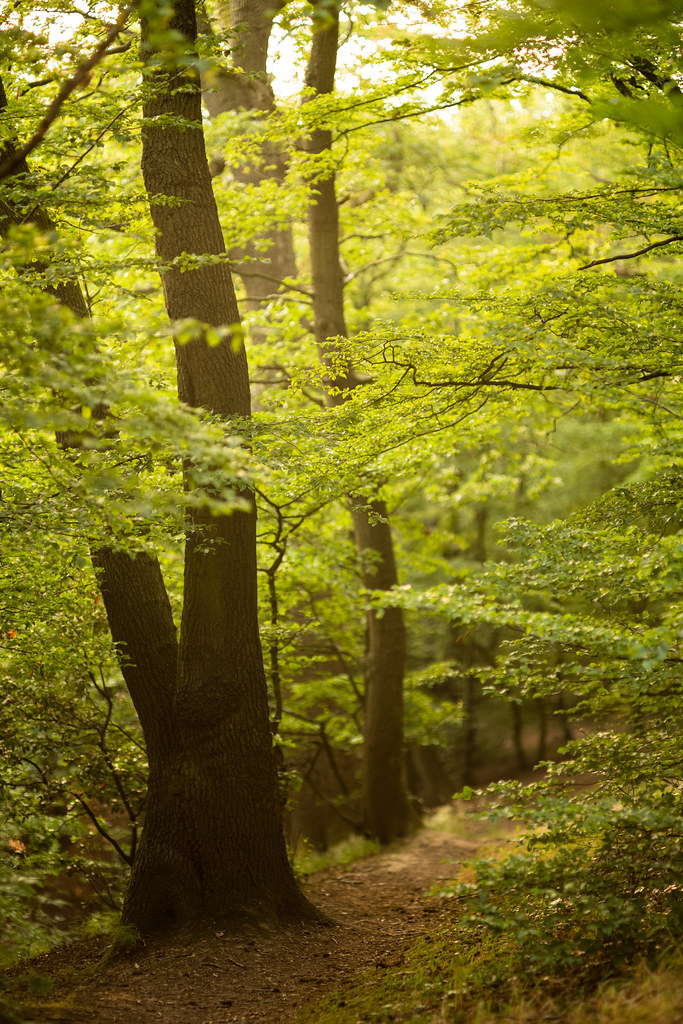
When doing this, the bokeh is still really nice too. It swirls and gets a little more busy maybe, but not so much as to be a massive feature of the image.

Photos





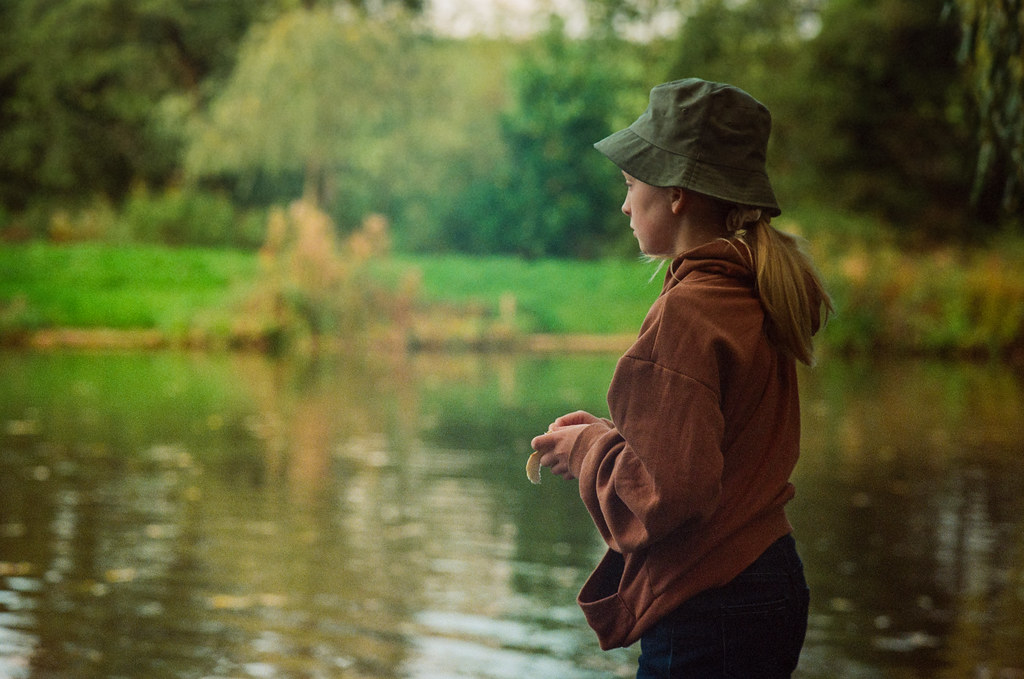
More on my flickr here
Final Thoughts on the TTArtisan 90mm 1.25
I feel like this review reads more negatively than positively. In a way it’s meant that way too. Mechanically, the TTArtisan 90mm 1.25 is fine but not perfect. It’s a big heavy lens that feels difficult to use on the Leica m-mount platform it’s supposedly designed for. It’s also far from perfect in terms of the quality of the images it produces – I’m very forgiving of character traits in lenses, but even I found the flare and ghosting a bit much on occasions.
But, for all that, as I have said a few times throughout this review, none of this should come as a surprise. This is a super-fast, short telephoto lens made out of metal and big bits of glass for about £650! Of course it’s not going to be mechanically perfect, it was also entirely predictable that it would be about as close to ‘too big’ as a lens for a Leica M mount camera could be. And anyone expecting a lens like this not to have a few wayward character traits would be definitely barking up the wrong tree. In short, the TTArtisan 90mm 1.25 pretty much exactly the lens I expected it to be. And I think that’s fairly key here. Whilst I might be saying objectively negative things about it, it doesn’t mean that I don’t think it has a good bit of merit within the context of what it is. Especially for the money!
To begin with, the TTArtisan 90mm 1.25’s nearest competing product in terms of speed comes in the form of the Leica 90mm 1.5 which I expect also suffers at very least the weight issue. But this lens doesn’t even cost 1/10th of that sort of money, is actually slightly faster, and still provides interesting character traits.
Ultimately, the TTArtisan 90mm 1.25 is surely right at the limit of possibility in terms of the sort of lens that can be mounted on a Leica M-Mount camera. It’s an extreme lens for a relatively low cost. Set your expectations at extreme and you won’t be disappointed. Learn to deal with the weight and the feel of it, and moreover, how to harness (and not get caught out by) the character, and I think a lot of people will get a lot of of this totally bonkers lens!
Share this post:
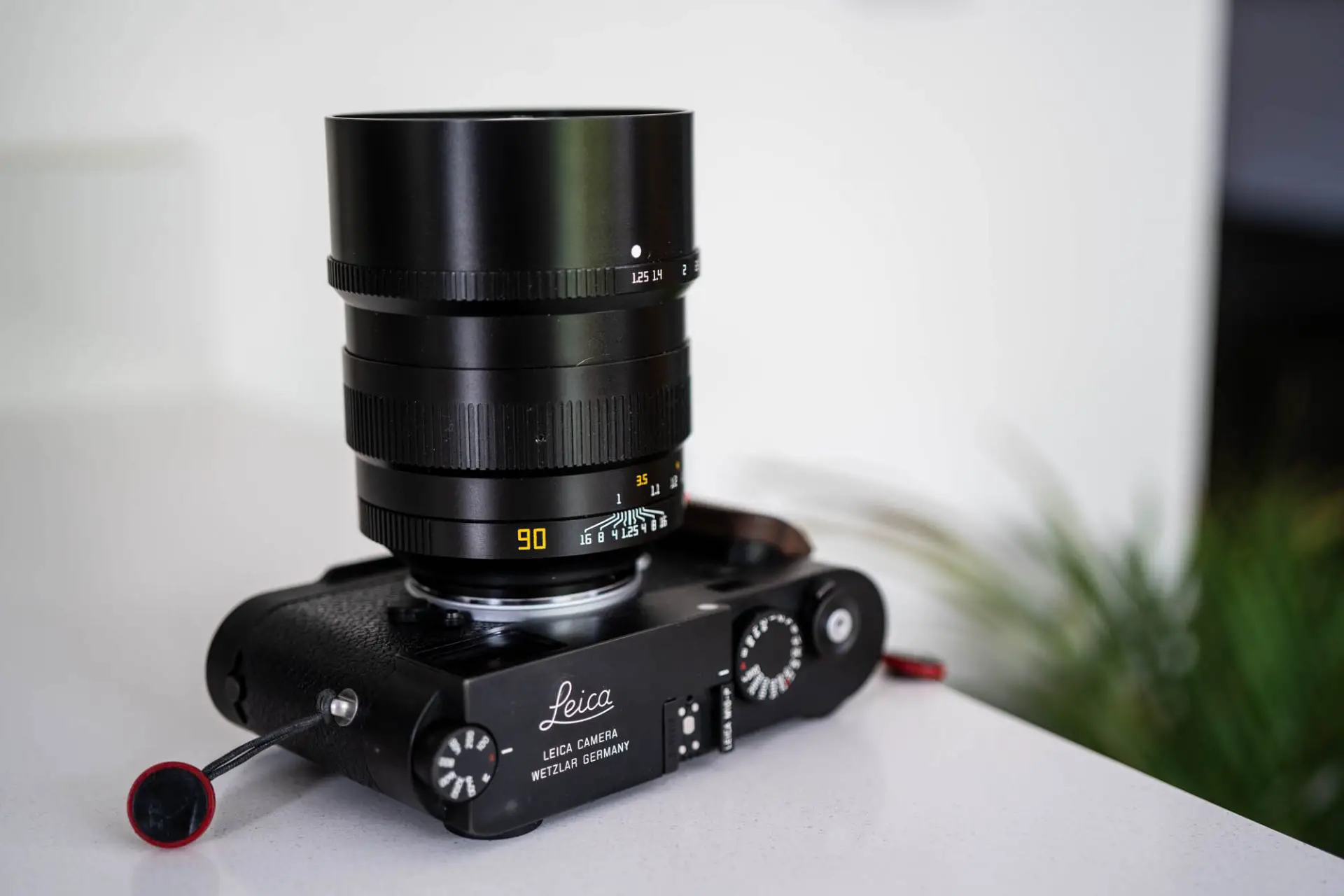








Comments
Oliver Lison on TTArtisans 90mm 1.25 Review – Bonkers, Extreme, but Exactly what you Should Expect!
Comment posted: 15/11/2021
I find that those lenses are near counterfit. Enough for me actually to say it is counterfit.
Comment posted: 15/11/2021
Lockwood JK on TTArtisans 90mm 1.25 Review – Bonkers, Extreme, but Exactly what you Should Expect!
Comment posted: 15/11/2021
Comment posted: 15/11/2021
Robert Jamieson on TTArtisans 90mm 1.25 Review – Bonkers, Extreme, but Exactly what you Should Expect!
Comment posted: 15/11/2021
Comment posted: 15/11/2021
John Earnshaw on TTArtisans 90mm 1.25 Review – Bonkers, Extreme, but Exactly what you Should Expect!
Comment posted: 16/11/2021
Comment posted: 16/11/2021
Huss on TTArtisans 90mm 1.25 Review – Bonkers, Extreme, but Exactly what you Should Expect!
Comment posted: 18/11/2021
So they buy it, realize it is a one trick pony and that they want to shoot much more at the other apertures than .95. Which means they can use one of their other much smaller, cheaper, better performing lenses that do not block the viewfinder! So into the classifieds it goes. They had a taste, it was not for them. Not a huge amount of money lost.
Now compare to someone who buys a Noctilux 50 .95. $12,500. Huge. Blocks the viewfinder. Would actually much prefer to use a smaller, better handling, optically superior, much cheaper lens. But d@mmit I just spent $12,500. And the used market value is $8000. So I've just lost $4500...
I think I'll convince myself that this is the most awesome lens ever and keep it!
I actually tried the Noctilux out at a Leica Shop. And just hated it. It goes against everything a rangefinder lens should be - small, superb optics, a joy to use. So I think that where Leica would have a beef with Artisans is that perhaps Artisans makes prospective buyers realize that not only do they not want an Artisans .95 lens, but definitely not a Leica .95!
Dr. Ko on TTArtisans 90mm 1.25 Review – Bonkers, Extreme, but Exactly what you Should Expect!
Comment posted: 18/11/2021
Agata Urbaniak on TTArtisans 90mm 1.25 Review – Bonkers, Extreme, but Exactly what you Should Expect!
Comment posted: 03/12/2021
Comment posted: 03/12/2021
Chalifour Bruno on TTArtisans 90mm 1.25 Review – Bonkers, Extreme, but Exactly what you Should Expect!
Comment posted: 23/03/2022
I bought the lens (TTartisans 90mm f 1.15) last December after being quite satisfied with my test of their 35 mm f 1.4. So I wanted to check whether they were consistent. Conclusion: they are, far more I found than 7artisans. Somebody asked above whether there were some focussing shifts, I found that, consistently with 7artisans not with TTartisans whose lenses I have found better finished (and yes, very Leica look-alike: without the lens caps on you could easily mistake a 35 f 1.4 or the discussed 90 mm for a Leica lens.
Of course the lens is bulky but what do we expect for a 90 mm f 1.25 ?!?
The idea of getting such a lens is to use at wide or at least close to widest apertures and to benefit from the light the lens can (low) collect and the very shallow depth of field. I took my lens out to photographs a friend's solo concert (Stéphane Wrembel) whom I have provided with a few images to illustrate some of his CDs. The experience did not disappoint me, on the contrary. At f 1.25 and f 1.4 (the only two apertures I used) the results were pretty sharp and pleasant. The depth of field shallow as expected and the contrast ideal for portraits (average and not as high as some other lenses might be). I used it on a Leica monochrom and Nikon Z7.
Conclusion: I will not sell the lens or leave it unused on a shelf. I find it well-designed, reliable, and giving pretty good results (better than the equivalents 2-generation old Leica lenses and knowing I cannot afford (or justify the cost) for the current Leica equivalents in either 75 mm or 90 mm, I will stick with my TTartisans. [By the way it is true that my Nikkor 85 mm f 1.8 has more contrast and is sharper... but I will not use it on my Leica ]. Best,